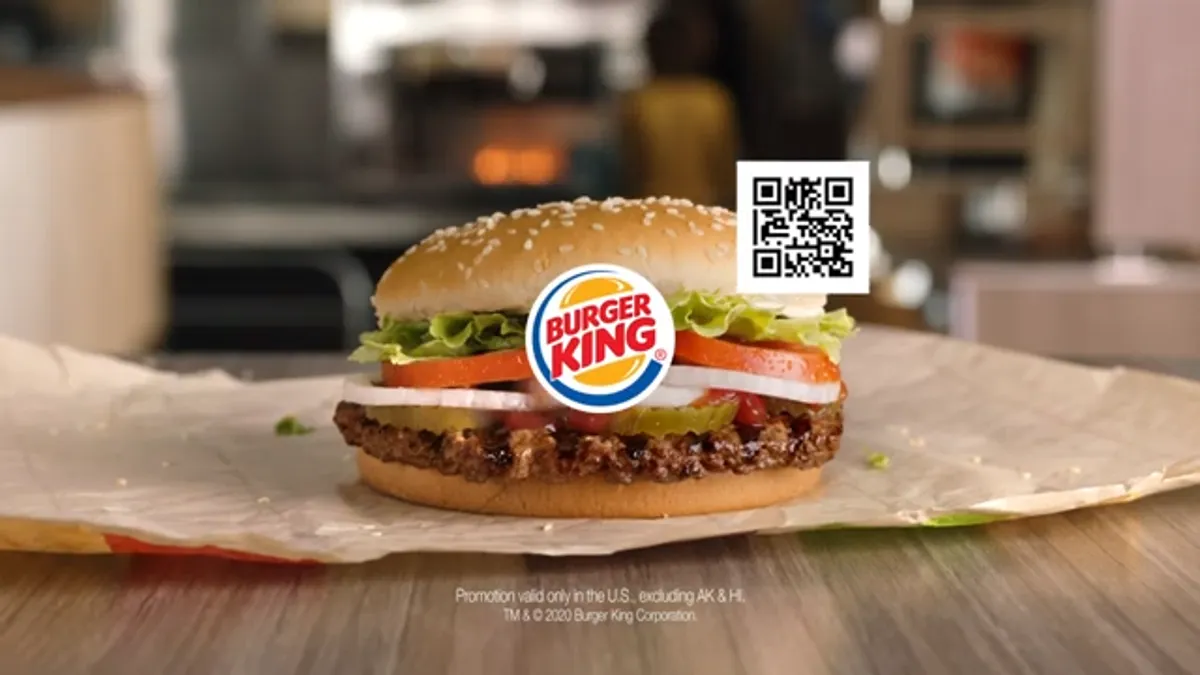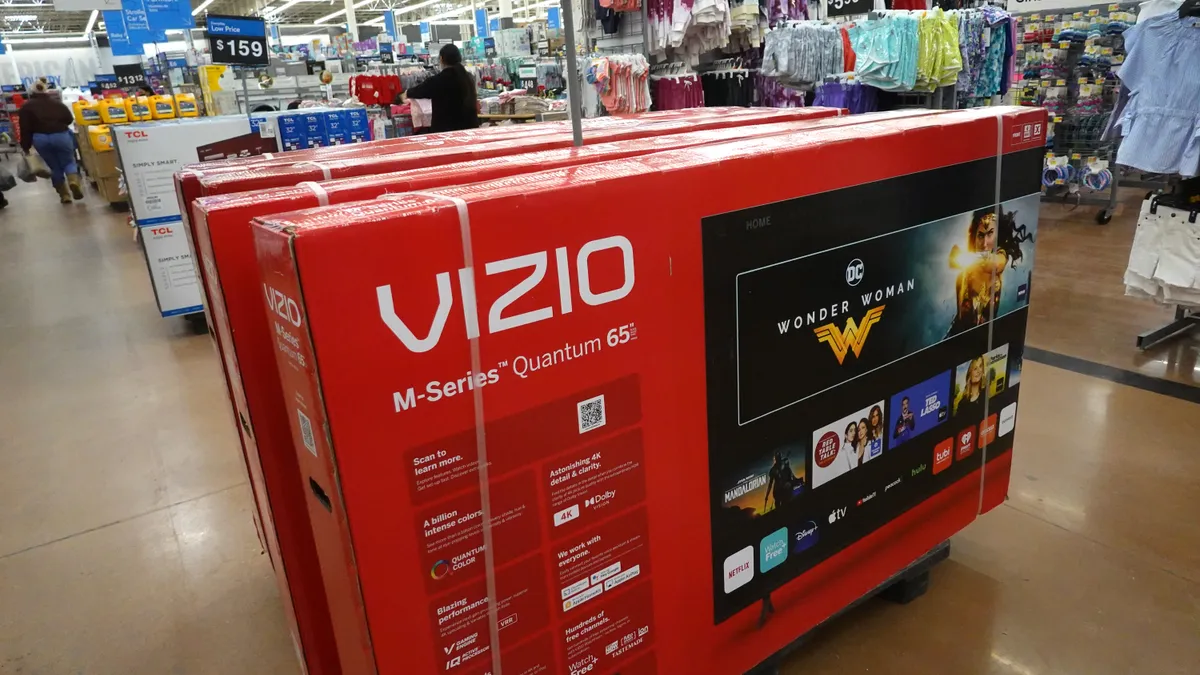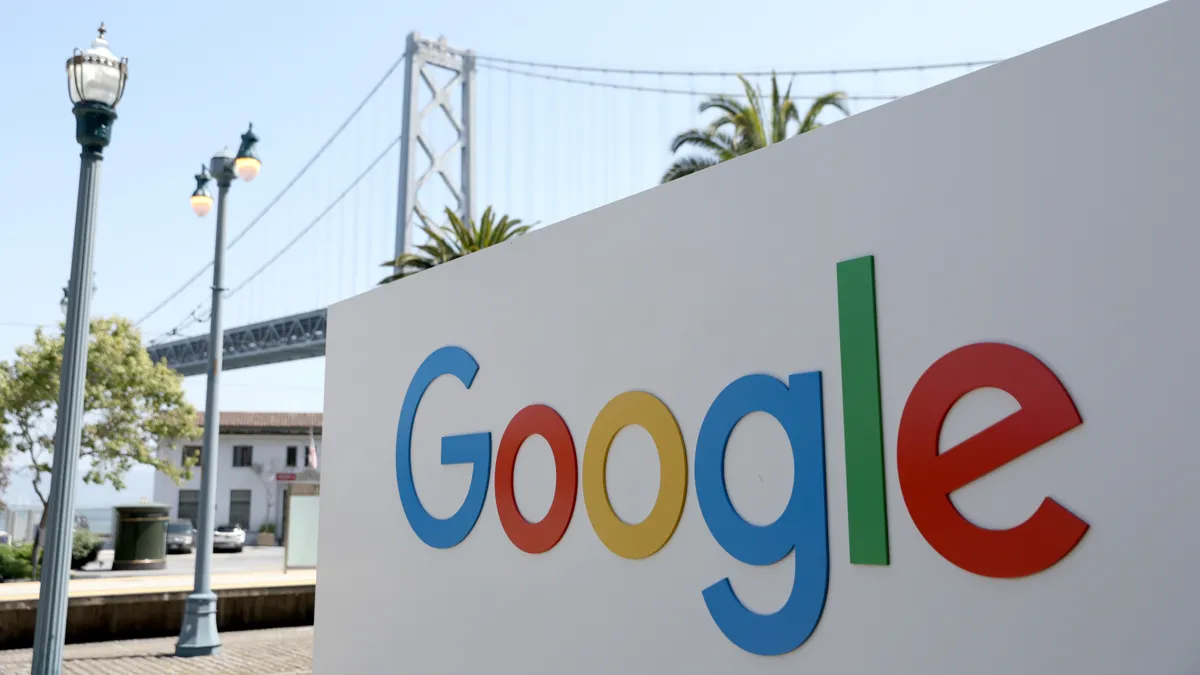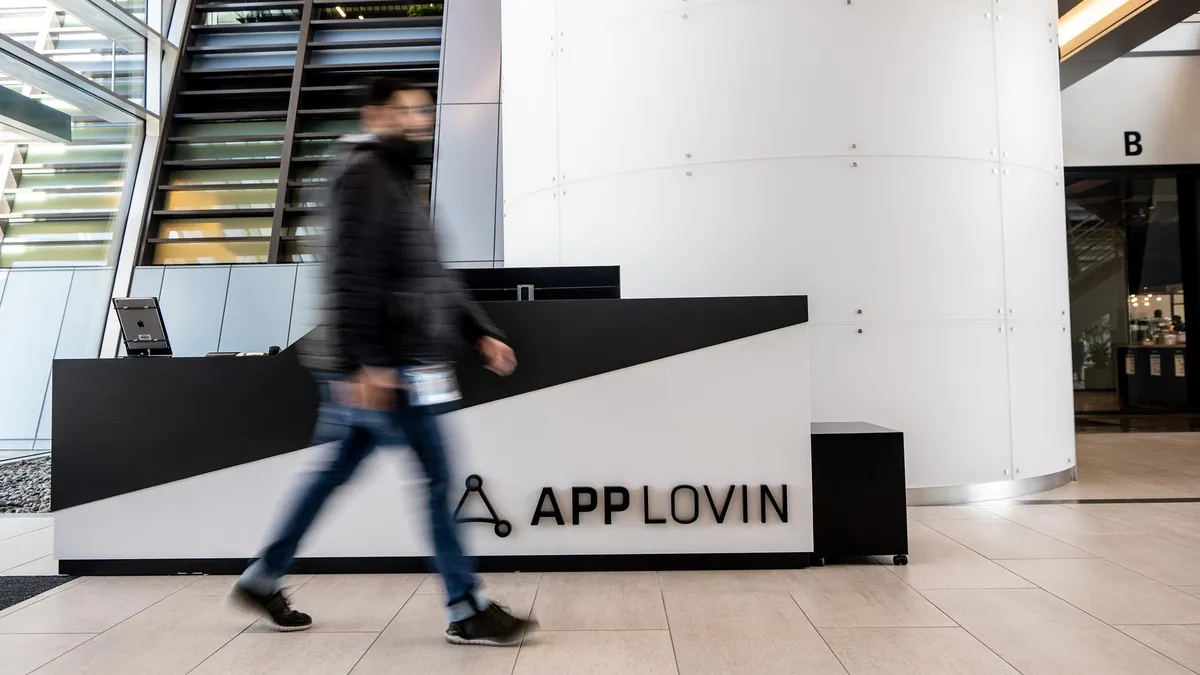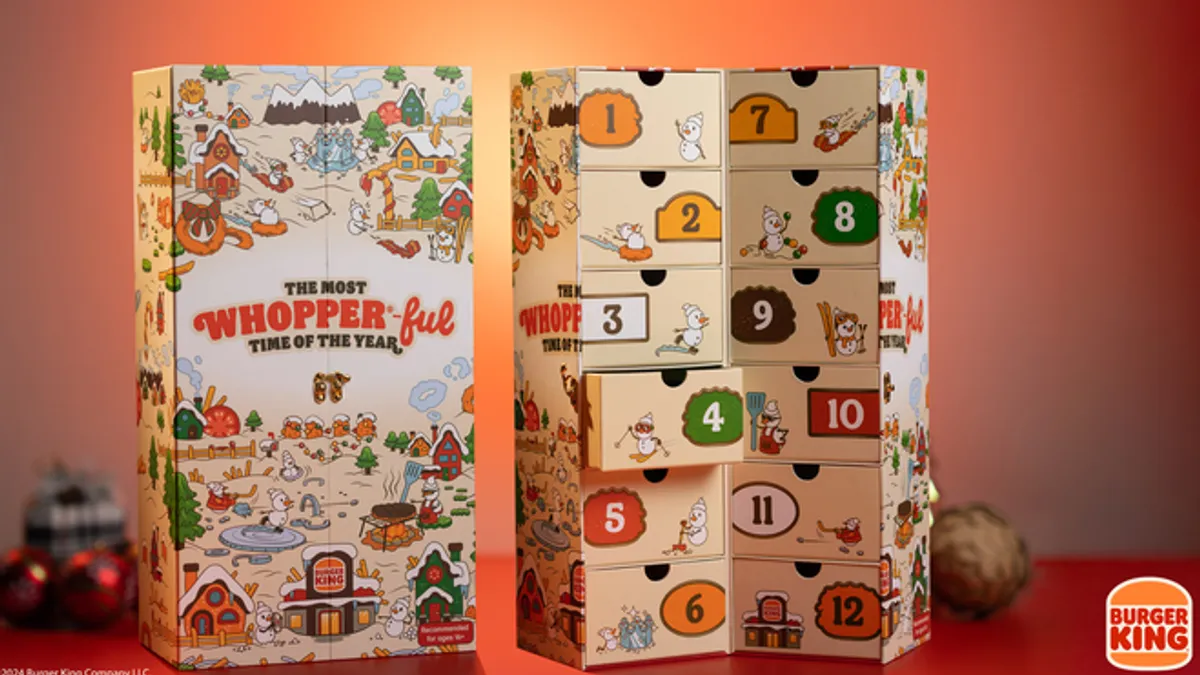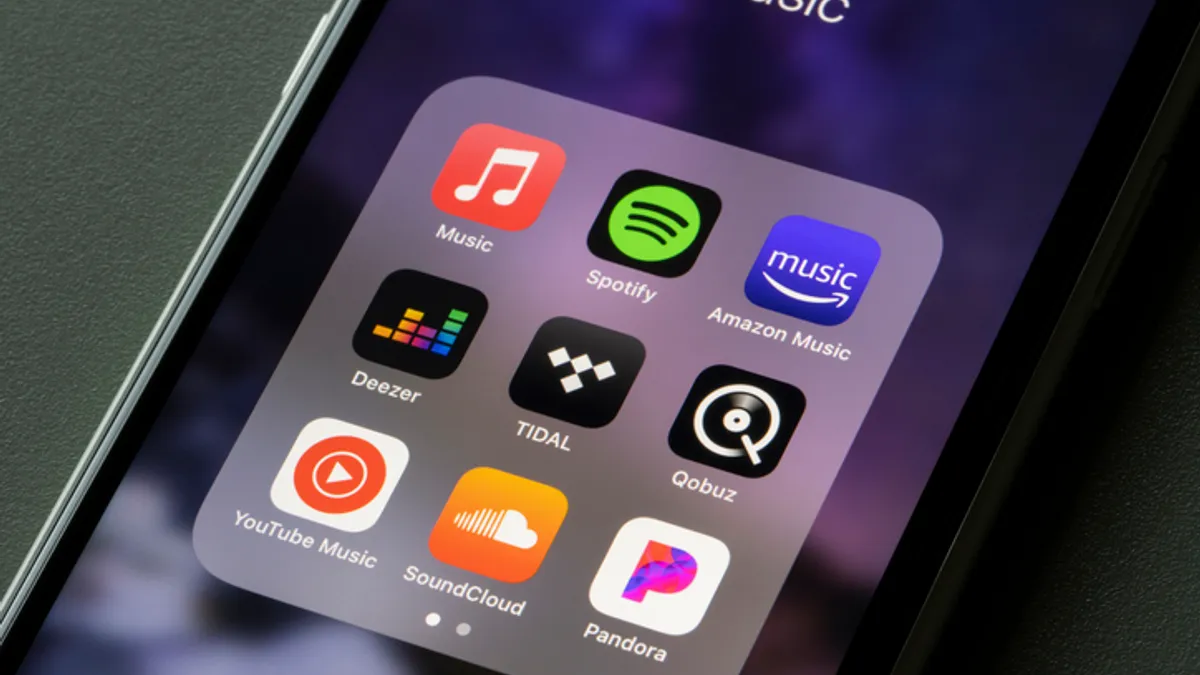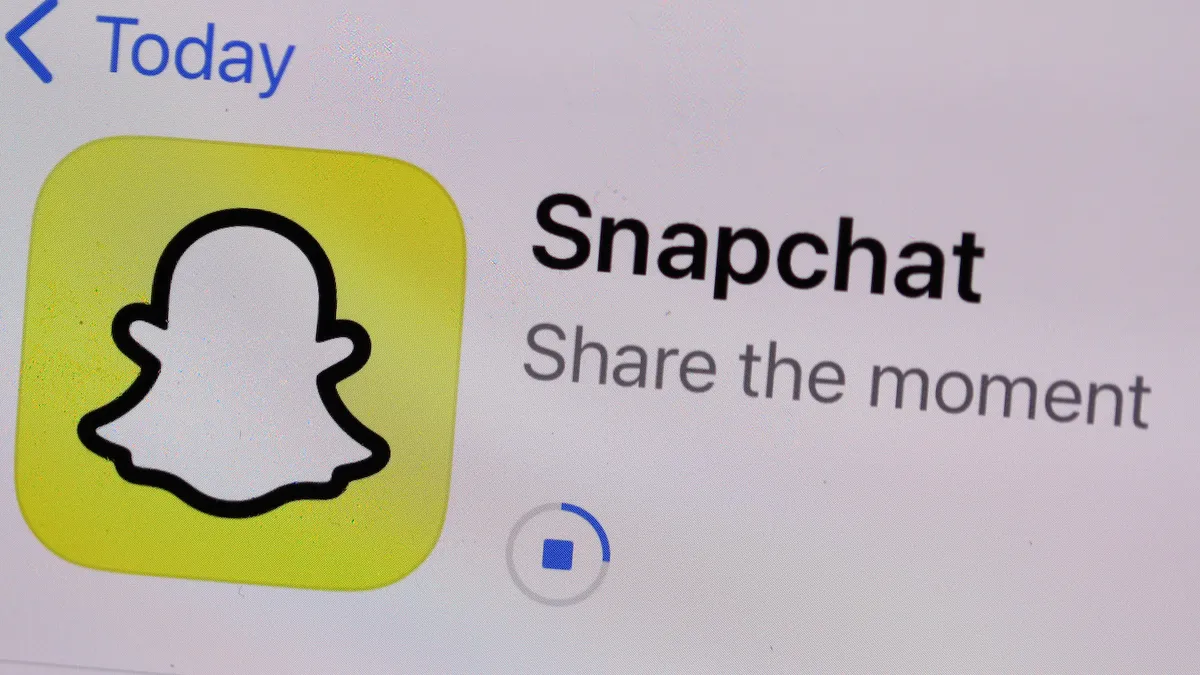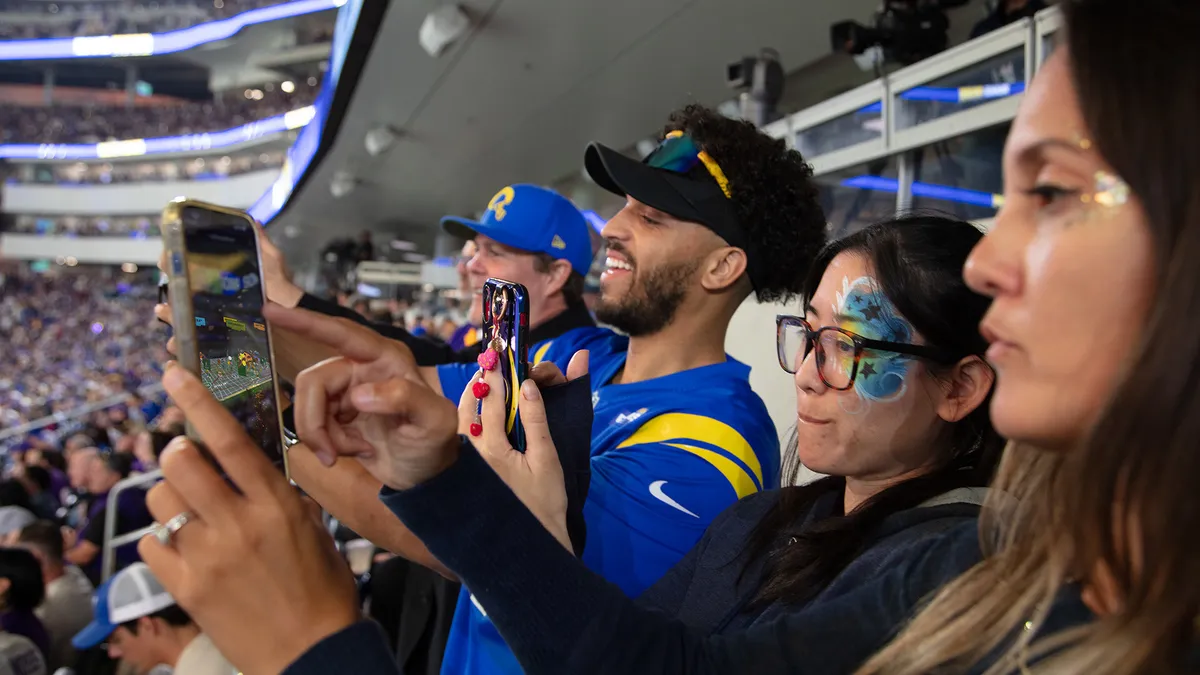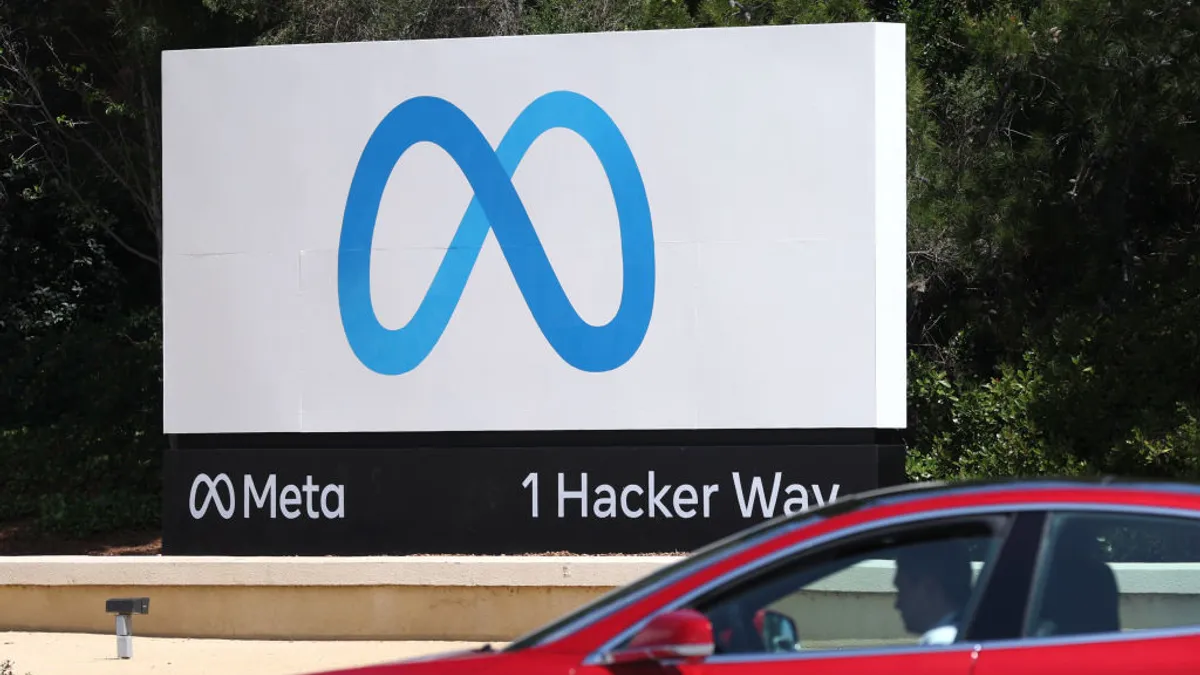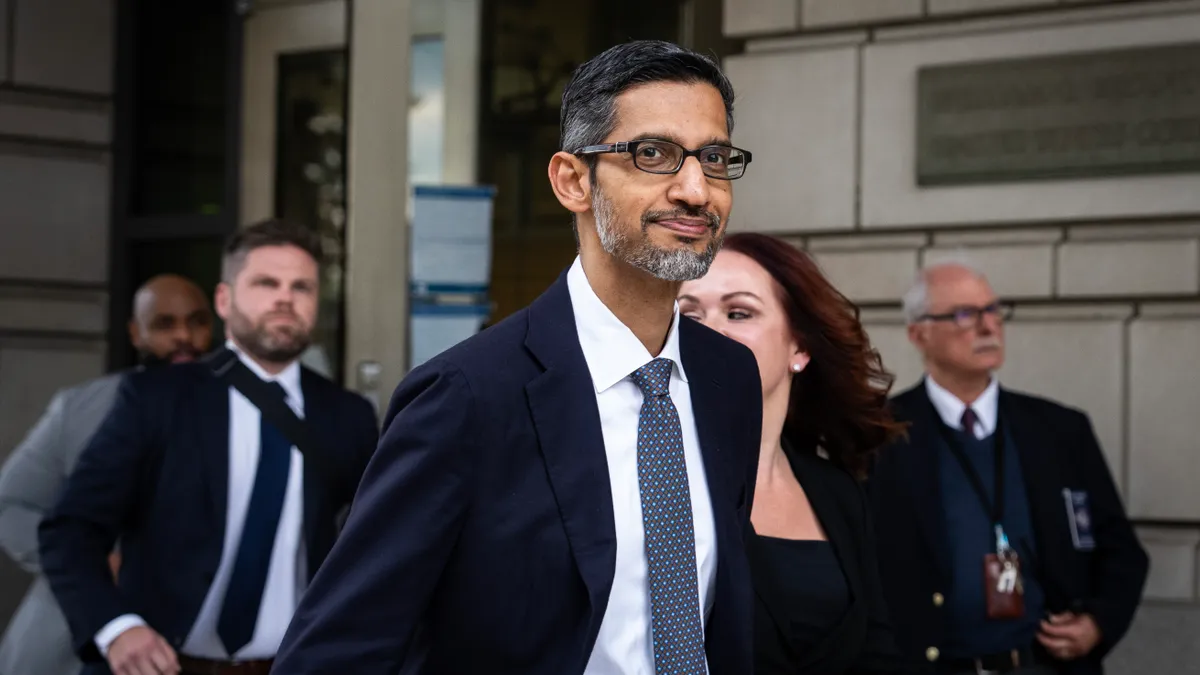QR codes have gone through the hype cycle of inflated expectations followed by sinking disillusionment that occasionally comes with innovation. The black-and-white labels once were touted for their ability to make advertising more interactive with smartphones, but they also were mocked by some as gimmicky.
Instead of dismissing QR codes as a faddish technology, some brands are exploring explore more use cases for the tech to bridge their marketing across digital and physical worlds. The tech can help to provide marketers another data signal about consumer behavior, and may grow into a key part of campaigns that run on connected TV (CTV) as its audience continues to grow. Advertisers this year will boost their spending on CTV by 27% to $24.2 billion, which will be 6.7% of total media spending in the U.S., eMarketer forecast.
"We've seen different approaches at trying to leverage [QR codes] and different use cases, and we believe their usage is only going to be extended from now on," said J.M. Provencher, senior product manager at ad-tech firm Sharethrough. "That's because the general population has familiarized themselves with QR codes over the course of the past two years."
The restaurant industry is one example where QR code adoption has helped to acquaint people with the technology during the pandemic, Provencher added. Amid worries about spreading the coronavirus, many restaurants swapped out printed menus and asked customers to scan a QR code with their smartphone camera to view a digital version. This usage helped to drive a 750% jump in QR code downloads in an 18-month period, CNBC reported, citing data from Bitly.
This growing familiarity with QR codes removes another key barrier that had hindered their applications for marketers. Smartphone makers several years ago added native QR code readers into their camera software, making the technology more accessible to the average consumer by removing the friction of downloading a separate app.
"These two things combined really suggest that we should expect broader usage and more familiarity with QR codes," Provencher said.
Eyeing 'second-screeners'
One of the most promising applications for QR codes is their use in CTV advertising, especially as more U.S. households hook up their TVs directly to the internet, per Provencher. Considering that many people watch TV while "second-screening" on a mobile device, marketers have an opportunity to entice viewers to scan a QR code that appears in a commercial break.
"QR codes should be perceived by an advertiser as a way to create this prolonged experience or engagement with the consumer," Provencher said. "The CTV application is one where the advertiser wants to be leveraging the second screen. Upon scanning a QR code, the individual can be taken to extended messaging about the promotion that they just saw."
"QR codes should be perceived by an advertiser as a way to create this prolonged experience or engagement with the consumer."

J.M. Provencher
Senior product manager, Sharethrough
More than three quarters (79%) of people use their phone or another device during TV commercial breaks, Sharethrough found last month in a survey of 1,000 people in the U.S. and Canada. An equal percentage of survey respondents ages 16 and older said they knew how to scan a QR code.
"We also asked, 'would you scan a QR code on a TV ad if it was relevant to you?'" said Frank Maguire, vice president of insights and strategy at Sharethough. "Seventy-six percent of people said they would, which is really compelling."
Dynamic codes to adjust on the fly
Similar to infomercials that have different toll-free numbers to help measure their response from callers, TV spots can be customized with individual QR codes that track how many mobile users scan it. That personalization can occur with dynamic ad insertion (DAI) technology that gives marketers more flexibility to change campaigns on the fly.
"That's how you optimize the usage of QR codes," Provencher said. "You can dynamically adjust the QR code so that you insert short text copy that goes with it, and at all times change where your QR code actually takes a user."
The landing page from a QR code can have a specific brand experience, or the code itself can be customized to create a text message that's automatically filled with information to send to the advertiser.
"You capture a specific user that has interest and you capture their phone number, and from then on, you can keep interacting with that user," Provencher said. "The likelihood of converting that user — whatever the conversion use case is — is more likely."
"You capture a specific user that has interest and you capture their phone number, and from then on, you can keep interacting with that user."

J.M. Provencher
Senior product manager, Sharethrough
Sharethrough is running test campaigns to evaluate the effectiveness of QR codes in TV advertising and compile data about response rates. The response can depend on a variety of factors, including the incentives offered by advertisers, such as limited-time discounts or other offers.
So far, engagement with CTV-connected QR codes remains low as the use case is still relatively nascent. Data on click-through rates for digital display ads suggest response rates may be in the tenths of a percent, Provencher said. A key challenge for QR code adoption is the brief length of some ads, such as the non-skippable, six-second bumper ads that flash across YouTube and other online platforms.
"The six-second duration reduces the likelihood of the consumer being to reach for their phone or open their camera app in time to scan a QR code," Provencher said. "That said, if you were in a YouTube app environment on a CTV, you can pause your viewing, but we should not presume the viewer will do that."


